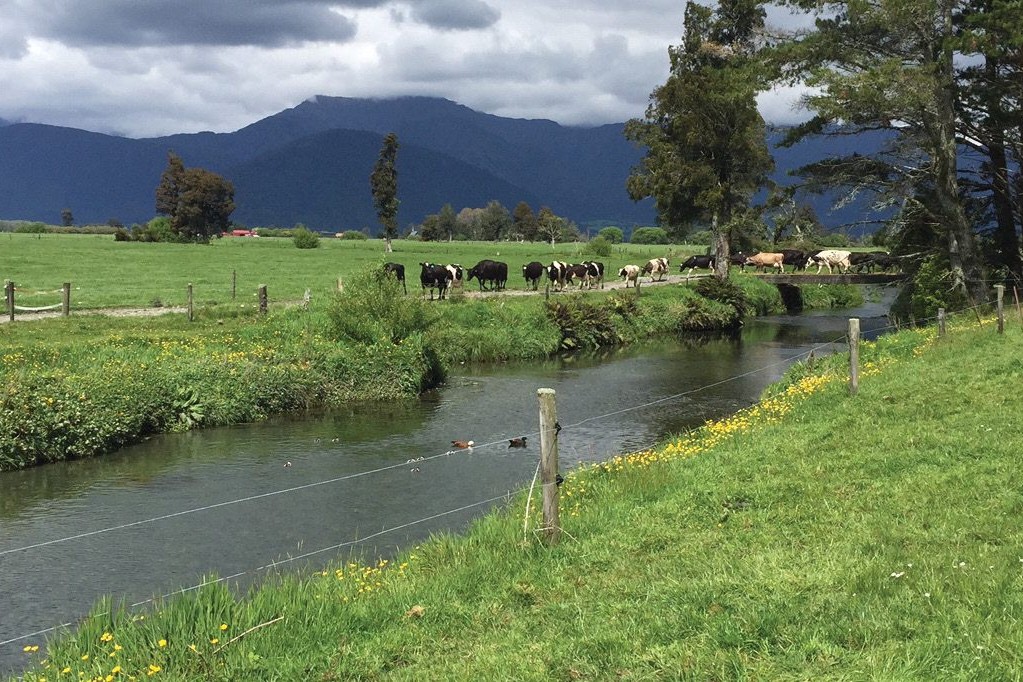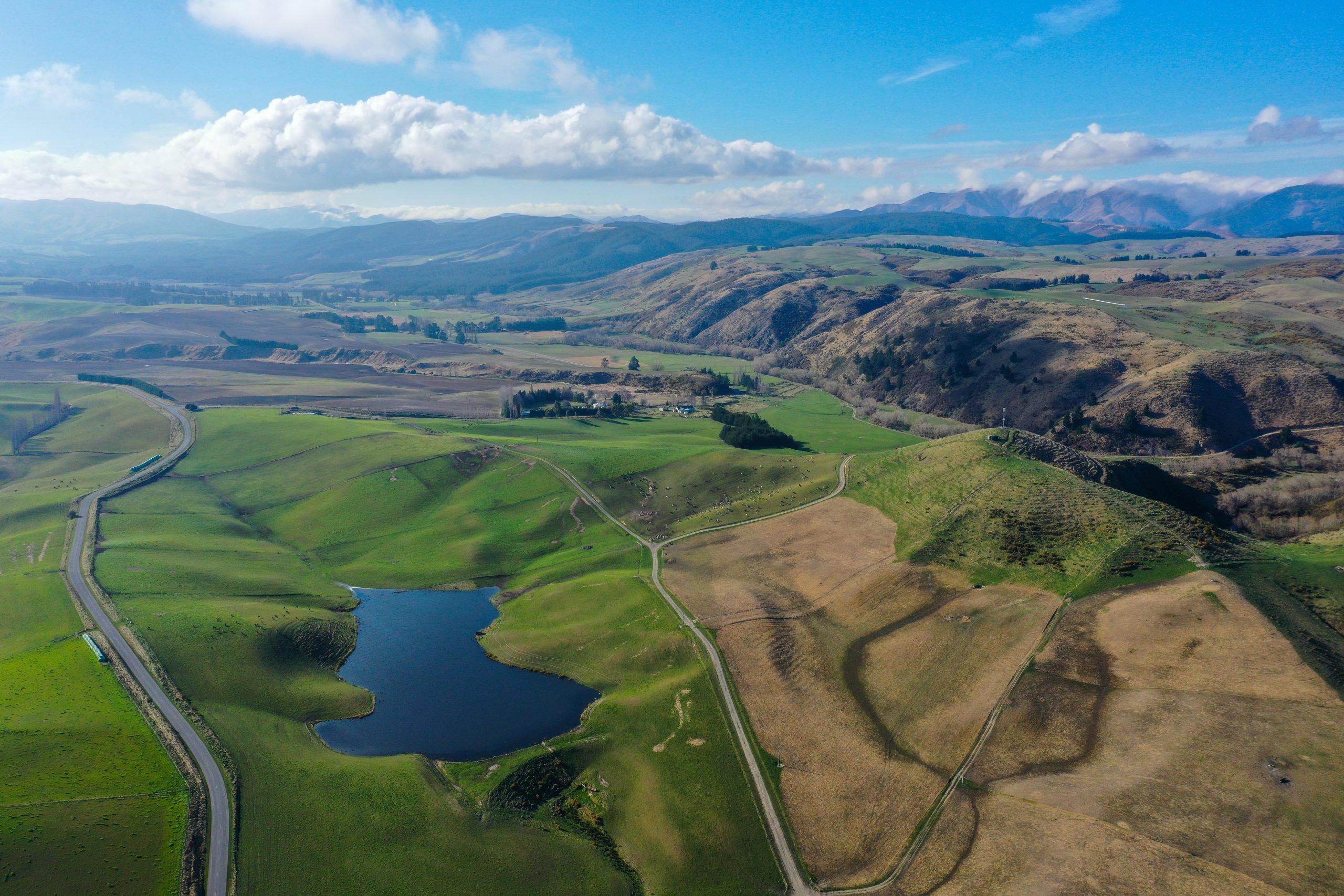Water rises to the top
Freshwater reforms and other recent environmental legislation have directed the focus to water, and while that will mean change, it doesn’t have to be all bad, Keri Johnston writes.

IN SEPTEMBER 2020, THE FRESHWATER Reforms were gazetted consisting of the National Policy Statement for Freshwater Management (NPSFM), the National Environmental Standards for Freshwater Management (NESFM), and updates to the requirements for flow meters and stock exclusion regulations.
One change, which was incorporated into the NESFM was the introduction of a nitrogen fertiliser cap of 190kg/ hectare/year for pasture (known as the N Cap). This came into effect in July 2022 and dairy farmers got the extra requirement of having to report their use to regional councils. While the reporting side of things got off to a rocky start, this now seems to be a much more streamlined process, and the regional councils across the motu are receiving the necessary usage data.
Introduction of the reforms, and the N Cap type of policy, was a clear signal change was afoot. One big part of the reforms is the requirement that all councils notify planning documents before December 31, 2024, which “give effect to” the NPSFM.
While we have been operating under an NPSFM since 2011 (the National Government of the time actually brought it in), the 2020 version flips the script on how competing interests are to be dealt with.
The 2011 version (and later the 2014 version) were all about balancing the interests of the environment, social needs, cultural and economics – one was not more important than the other. The 2020 version creates a hierarchy of obligations where the health of water comes first, the health of people second, and all other needs, including economic considerations, are third.
So, what does this all mean? There are no plans in existence at the moment that give effect to the 2020 NPSFM. Even all of the plans Canterbury has been putting in place since 2012 to give effect to the earlier versions of the NPSFM, are not quite where they need to be.
For councils that had already gone a long way down the road of implementing previous versions, I imagine there is a level of frustration at having to rejig (or re-do) them again, and within a very tight timeframe.
Councils that had not been quite so advanced in their planning processes, such as the West Coast of South Island and Otago, are starting from a blank canvas, and in some ways, this is easier, although the degree of change in those regions from status quo will be significant. The cost to ratepayers and communities is yet to be seen too, but it will cost. How the change in approach in how competing interests are dealt with to prioritising the health of water above all else will actually play out is yet to be seen. However, we can expect minimum flows of streams and rivers to likely increase, the amount of water available for abstraction to decrease, regimes put in place to ensure water quality outcomes for catchments will actually be met, more reporting/compliance requirements, and of course the introduction of Certified Freshwater Farm Plans. While Farm Environment Plans have been in place across many regions for a number of years, the requirement for these plans are directed by central government.
So, the next 18 months to two years will be interesting in the world of regulation, remembering Resource Management Act (RMA) reforms are also underway, as well as a National Policy Statement for Indigenous Biodiversity, He Waka Eke Noa, and the Water Services Act. Never a dull moment!
The major difference now is the shift from a balanced approach to a hierarchical approach, and while that will mean change, it doesn’t have to be all bad. With any change, there is opportunity for those who are willing to see it. Keep an open mind, stay engaged, and watch this space.
- Keri Johnston is a natural resources engineer, a South Canterbury farmer and current chair of IrrigationNZ.





